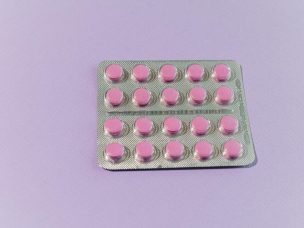WEDNESDAY, Feb. 17, 2021 (HealthDay News) — Overall pregnancy and live birth outcomes are similar for women with psoriasis and for the general population, according to a study published online Feb. 3 in JAMA Dermatology.
Alexa B. Kimball, M.D., M.P.H., from the Beth Israel Deaconess Medical Center and Harvard Medical School in Boston, and colleagues reported pregnancy outcomes observed in the Psoriasis Longitudinal Assessment and Registry (PSOLAR). Data were included for 2,224 women of childbearing age (18 to 45 years).
The researchers identified 298 pregnancies among 220 women, with a general fertility rate of 18.9 per 1,000 women aged 18 to 45 years. Overall, 81.9 percent of the pregnancies resulted in birth, and 13.8 and 4.4 percent ended in spontaneous abortion and were electively terminated, respectively. Gestational age was available for 243 births: 90.9 percent were full term and 9.1 percent were born prematurely. Overall, there were 231 healthy newborns and 10, two, and one infants with a neonatal problem, a congenital anomaly, and stillbirth, respectively. Two hundred fifty-two of the 298 pregnancies were associated with biologic exposure before or during pregnancy. Women exposed to biologics had similar pregnancy outcomes as those exposed to nonbiologics. Of the women who became pregnant, at the time of enrollment into the registry, 33.8 percent had obesity and 55.0 percent were past or current smokers.
“Pregnancy outcomes among women with moderate-to-severe psoriasis in PSOLAR have remained consistent with previously reported data and the general population,” the authors write.
Several authors disclosed financial ties to the pharmaceutical industry.








